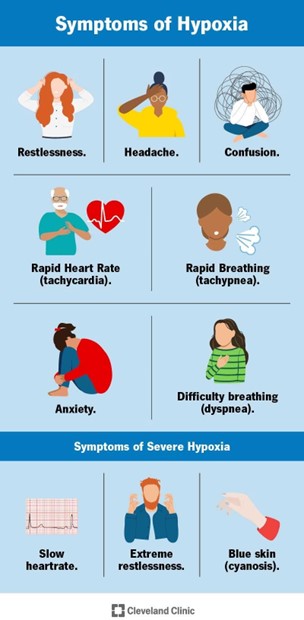A client with delusions tells the nurse, "You aren't doing your job.
Go get those people over there and shoot them before they get me." Which statement is the nurse's best response?
"There is no one who will hurt you.".
"You seem quite frightened right now.".
"You are in a safe place.
"What would you like to see me do to protect you?".
The Correct Answer is B
The correct answer is B. "You seem quite frightened right now."
Choice A rationale:
This statement dismisses the client's feelings and may not provide the reassurance they need. It could also escalate the situation if the client feels misunderstood or ignored.
Choice B rationale:
This response acknowledges the client's emotions and validates their experience, which can help build trust and de-escalate the situation. It shows empathy and understanding, which are crucial in managing delusions.
Choice C rationale:
While this statement aims to reassure the client, it may not address their immediate emotional state. The client might not feel safe despite being told they are, so it might not be as effective in calming them down.
Choice D rationale:
This response could inadvertently reinforce the client's delusions by implying that their fears are valid and that the nurse should take action based on those delusions. It might also confuse the client further.
Nursing Test Bank
Naxlex Comprehensive Predictor Exams
Related Questions
Correct Answer is ["A","E"]
Explanation
The level of hypoxemia that the child may have experienced during the submersion depends on several factors, but the most important ones are:
- The **temperature of water**: Cold water can induce a diving reflex, which lowers the heart rate and oxygen consumption, and may protect the brain from hypoxic injury. Cold water can also cause laryngospasm, which prevents water aspiration but also impairs gas exchange.
- The **amount of time the child was submerged**: The longer the submersion, the more severe the hypoxemia and the higher the risk of brain damage and death. The survival rate decreases significantly after 5 minutes of submersion.
The other factors are less relevant or not directly related to the level of hypoxemia:
- The **weight of the child**: This may affect the buoyancy and the ability to float or swim, but not the oxygen consumption or gas exchange during submersion.
- The **oxygen concentration of the ambient air**: This may affect the pre-submersion oxygen saturation, but not the rate of oxygen depletion or gas exchange during submersion.
- The **witnessing of the fall into the pool**: This may affect the time to rescue and resuscitation, but not the level of hypoxemia during submersion.

Correct Answer is A
Explanation
Choice A rationale:
History of vomiting at home for 3 days prior to surgery. Rationale: This information is relevant to the client's surgical history and may impact their current condition. It is essential to inform the receiving nurse about this history to ensure appropriate postoperative care.
Choice B rationale:
Soft abdomen, absent bowel sounds, no bleeding on dressing. Rationale: While this information is important for assessing the client's postoperative status, it is less urgent than the history of vomiting. The abdominal assessment suggests normal findings after surgery.
Choice C rationale:
Declining to take ice chips for complaints of dry mouth. Rationale: While this information indicates the client's complaint of dry mouth, it is not as critical as the history of vomiting or the assessment of surgical outcomes.
Choice D rationale:
Peripheral pulses present with full range of motion of both legs. Rationale: This information is important but primarily related to the client's vascular and neurological status. It may not be as immediately relevant as the history of vomiting in the context of a recent surgery.
Whether you are a student looking to ace your exams or a practicing nurse seeking to enhance your expertise , our nursing education contents will empower you with the confidence and competence to make a difference in the lives of patients and become a respected leader in the healthcare field.
Visit Naxlex, invest in your future and unlock endless possibilities with our unparalleled nursing education contents today
Report Wrong Answer on the Current Question
Do you disagree with the answer? If yes, what is your expected answer? Explain.
Kindly be descriptive with the issue you are facing.
